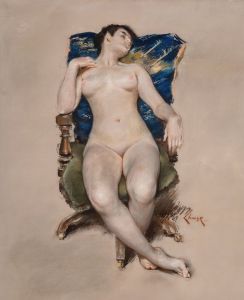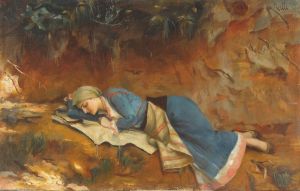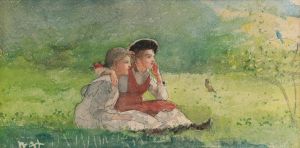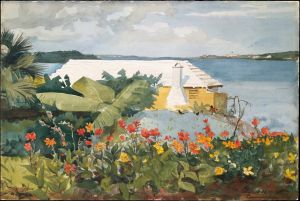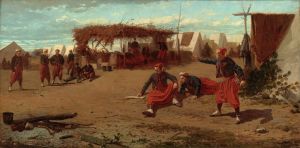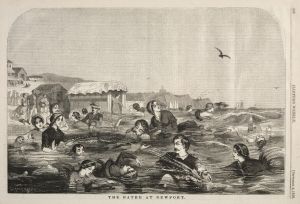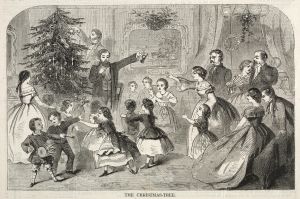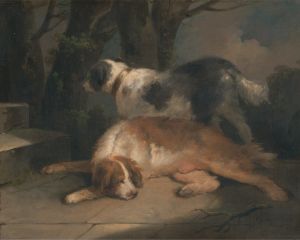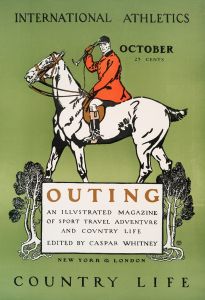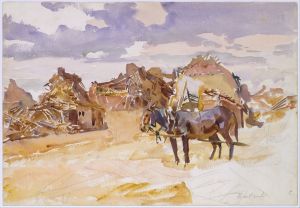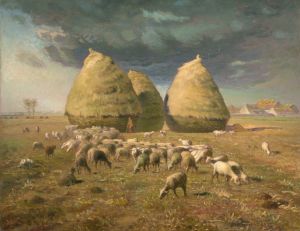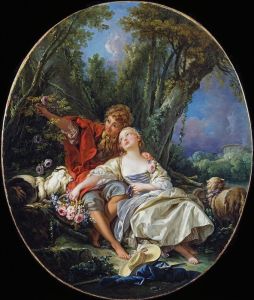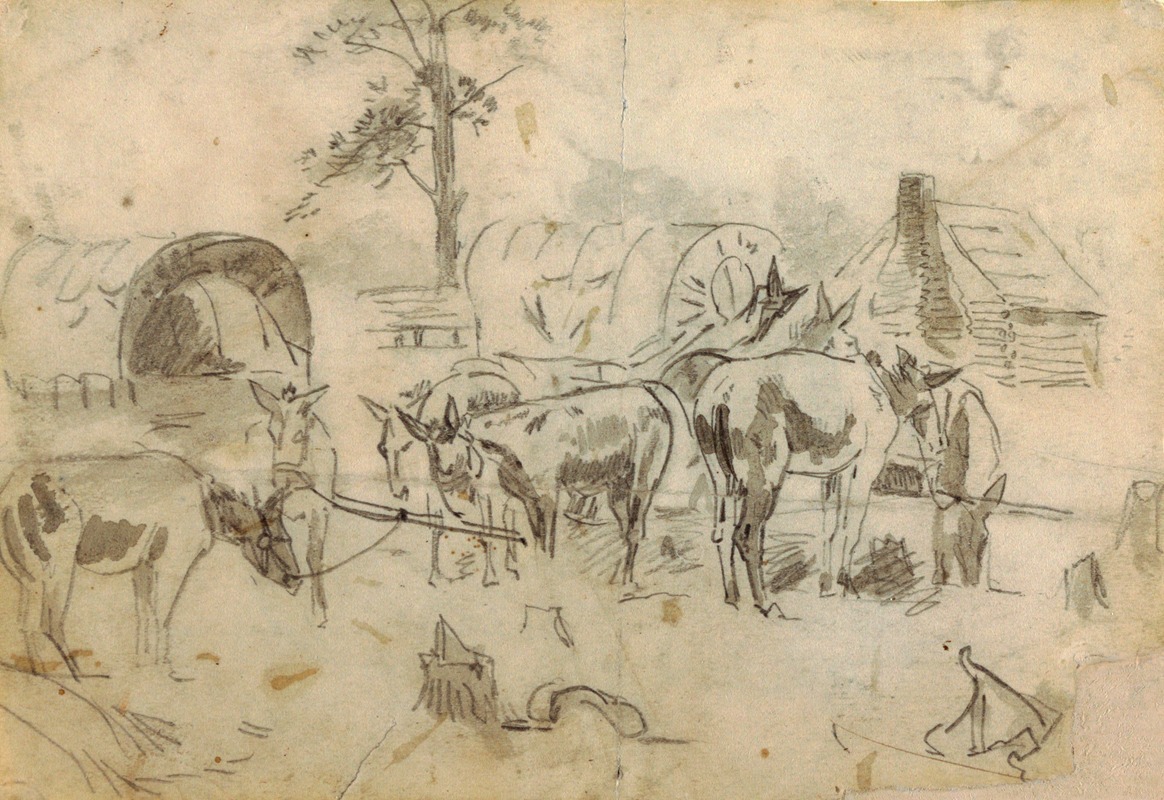
Resting Mules Tethered to Wagons
A hand-painted replica of Winslow Homer’s masterpiece Resting Mules Tethered to Wagons, meticulously crafted by professional artists to capture the true essence of the original. Each piece is created with museum-quality canvas and rare mineral pigments, carefully painted by experienced artists with delicate brushstrokes and rich, layered colors to perfectly recreate the texture of the original artwork. Unlike machine-printed reproductions, this hand-painted version brings the painting to life, infused with the artist’s emotions and skill in every stroke. Whether for personal collection or home decoration, it instantly elevates the artistic atmosphere of any space.
Winslow Homer, an influential American artist known for his landscape and marine subjects, created the painting "Resting Mules Tethered to Wagons" in 1877. This work is a testament to Homer's keen observational skills and his ability to capture the essence of everyday rural life in post-Civil War America. The painting is executed in watercolor, a medium Homer mastered and popularized during his career, particularly in the latter part of the 19th century.
"Resting Mules Tethered to Wagons" depicts a tranquil scene featuring mules, which were commonly used as draft animals during this period. The mules are shown resting, tethered to wagons, suggesting a pause in a day of labor. This subject matter reflects the agrarian lifestyle that was prevalent in America at the time, highlighting the reliance on animal labor for transportation and farming tasks. Homer's choice to focus on such a scene underscores his interest in the everyday lives of ordinary people and their environments.
The composition of the painting is notable for its simplicity and balance. Homer employs a naturalistic style, capturing the details of the mules and wagons with precision. The use of watercolor allows for a fluidity and softness in the depiction of light and shadow, enhancing the serene atmosphere of the scene. The background is typically understated, drawing attention to the central figures of the mules and wagons, and emphasizing the quiet moment of rest.
Homer's work during this period often explored themes of work and leisure, and "Resting Mules Tethered to Wagons" fits within this broader context. The painting can be seen as a reflection on the rhythms of rural life, where moments of rest were as integral as the labor itself. This theme is consistent with Homer's broader oeuvre, which frequently depicted scenes of American life with a focus on the relationship between humans and their environment.
The painting is part of a larger body of work that Homer produced during his time in the northeastern United States, particularly in regions like New York and New England. His travels and experiences in these areas provided rich material for his art, allowing him to observe and document the changing American landscape and its people.
"Resting Mules Tethered to Wagons" is an example of Homer's ability to find beauty and significance in the mundane. Through his skilled use of watercolor and his attention to detail, Homer elevates a simple rural scene to a work of art that captures the essence of a bygone era. The painting remains a valuable piece for understanding the social and economic conditions of 19th-century America, as well as Homer's artistic legacy.
Overall, Winslow Homer's "Resting Mules Tethered to Wagons" is a significant work that exemplifies his mastery of watercolor and his dedication to portraying the American experience with authenticity and sensitivity.





